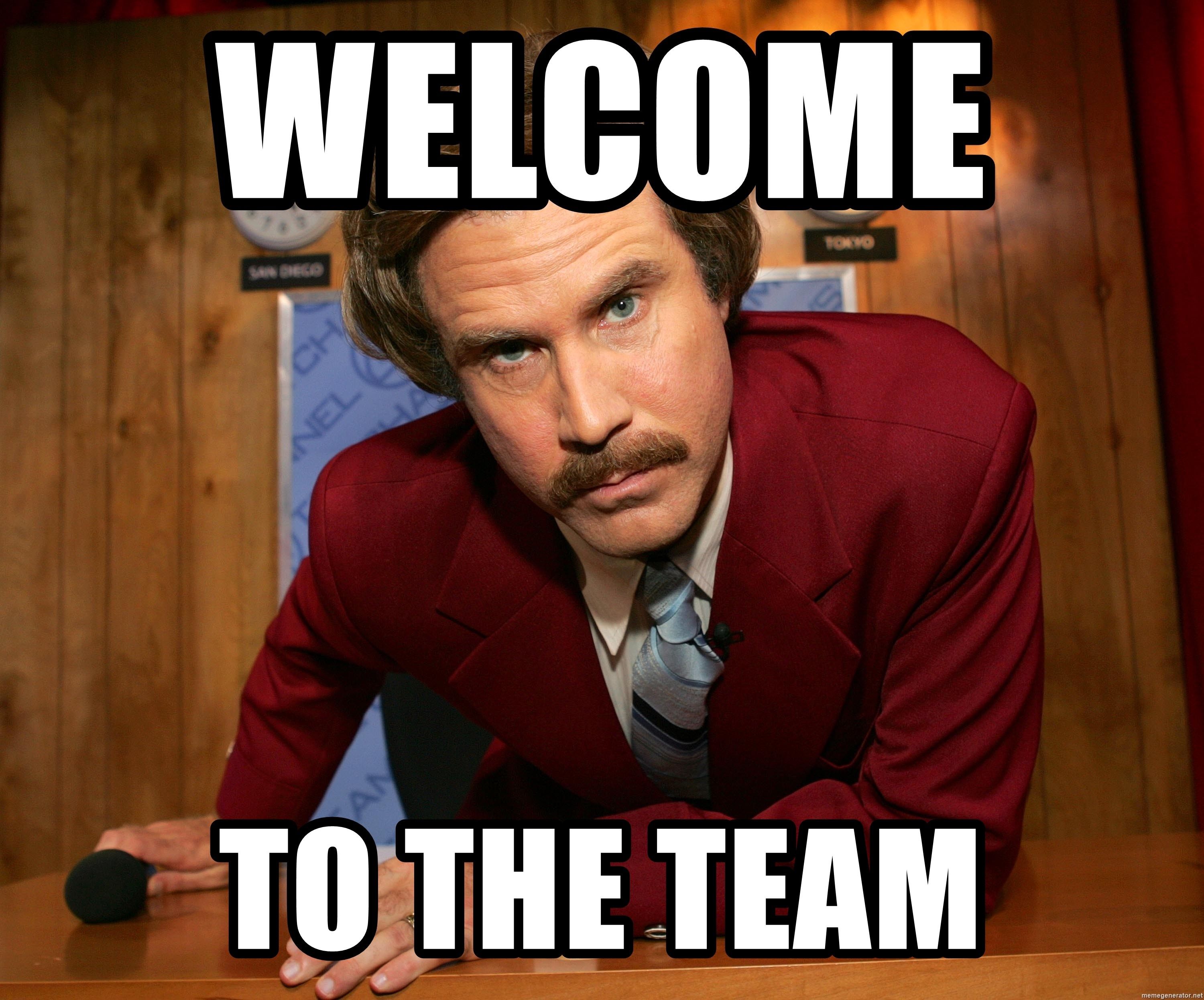Get in touch. Promise we won’t bite.
Contact usor feel free to connect:
by Aisling on May 1, 2020
Onboarding new employees is usually a very exciting time. Your business is growing and you’ve given an opportunity to someone to progress, or start, their career. It’s a time of celebration, happiness and excitement. The possibilities are endless.

In today’s climate there are elements of that which are still true – your business is still growing, and you’ve still given somebody the opportunity to build their career, but there is an undertone of uncertainty that lingers with everything we do right now.
‘Uncertainty’ is the most commonly used word right now, but it’s the most fitting. It’s important to remember that this is a challenging and stressful time for everyone, and that needs to be recognised. Your family, friends, colleagues, employees and everyone around you is navigating this new climate in their own way, and are trying to do the right thing.
This is a new environment for us all, and the actions we take now are different to the ones we took before. The reason we say this is because your onboarding process for new employees will also be different to how you’ve done it before, and if there was ever a time to try to provide certainty, clarity and security to people it’s now.
Onboarding is one of the first experiences a person will have as a new employee at your company, and sets the tone for their journey with you. It’s important that it’s positive, even though things are chaotic at the moment. We have spent some time reaching out to some companies who already have remote practices in place, and people who have gone through remote processes, to really understand how to move forward the best we can.
We’ve broken it down into digestible chunks, not everything might apply to your company but think about what could be implemented, and what changes you might need to make.

This is vital. You need to spend a lot of time planning your onboarding process. Unfortunately, we don’t know how long things will remain as they are, so it’s quite likely that you will need to use this onboarding process more than once, so put in the work to make it effective from the start! Before you jump the gun and start looking at what great things your new employee will do, you need to sit down and design the whole blueprint of their journey to set them up for success.
Ideally, you should start this about a month prior to them starting, to give you time to revise, edit, trial new processes, etc. Invest the time figuring everything out and it will set you up well for moving forward.
Which nicely segways into our next point:
Checklists can be many things – a list of things to get to or else a built out guide of what to do for each part of the onboarding process (we prefer this one). This way, nothing gets overlooked.
Your checklist should include a list of tasks that HR, IT, finance, hiring managers, workplace team, onboarding buddy, etc. need to do. What needs to be prepared, and by who? When does it need to be done by? Starting your checklist early means you won’t be grasping for time to get this done a week before a new employee starts!
Are all of your onboarding materials ready and up to date? What content does your new employee need to see? Where are things kept? Who needs to set up email accounts and access to the company VPN etc?
It’s useful, if you haven’t already done this, to make sure that your documentation is easily available. Maybe you use Google docs, or Confluence, or something similar. Having a single source of truth will lessen the stress of trying to remember where you saved something! Having a single source with links to relevant materials is the best way to think about this, instead of having multiple links that you send someone. Single source of truth, always!
This will be your new hire’s complete guide of reference for everything. It should include multiple things:
